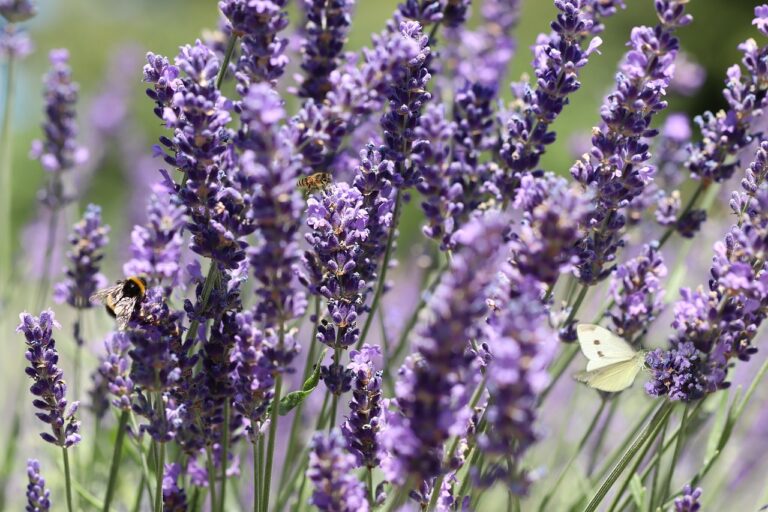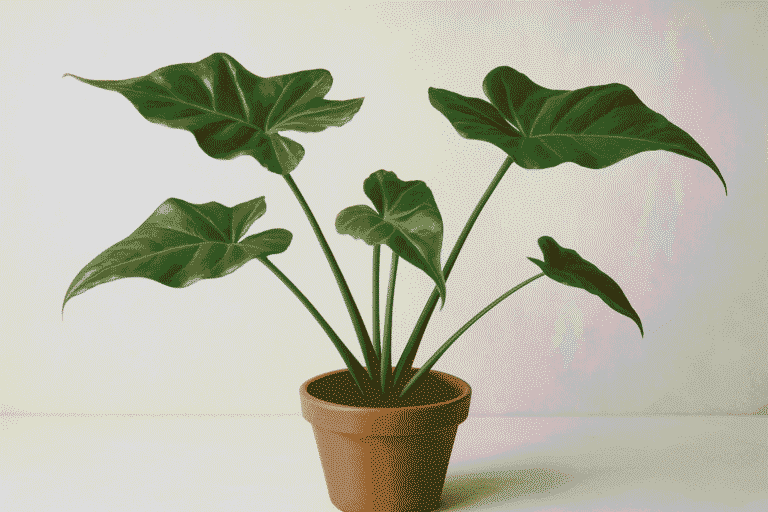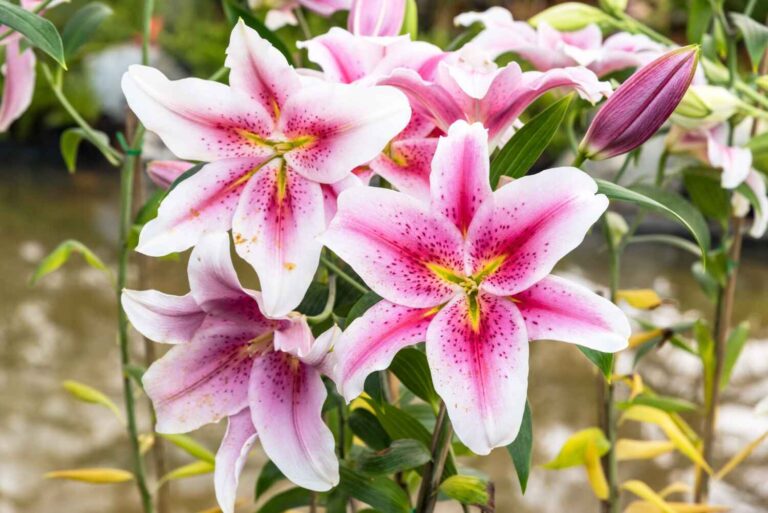Container Gardening with Lemon Coral Sedum: Creative Uses & Care Tips
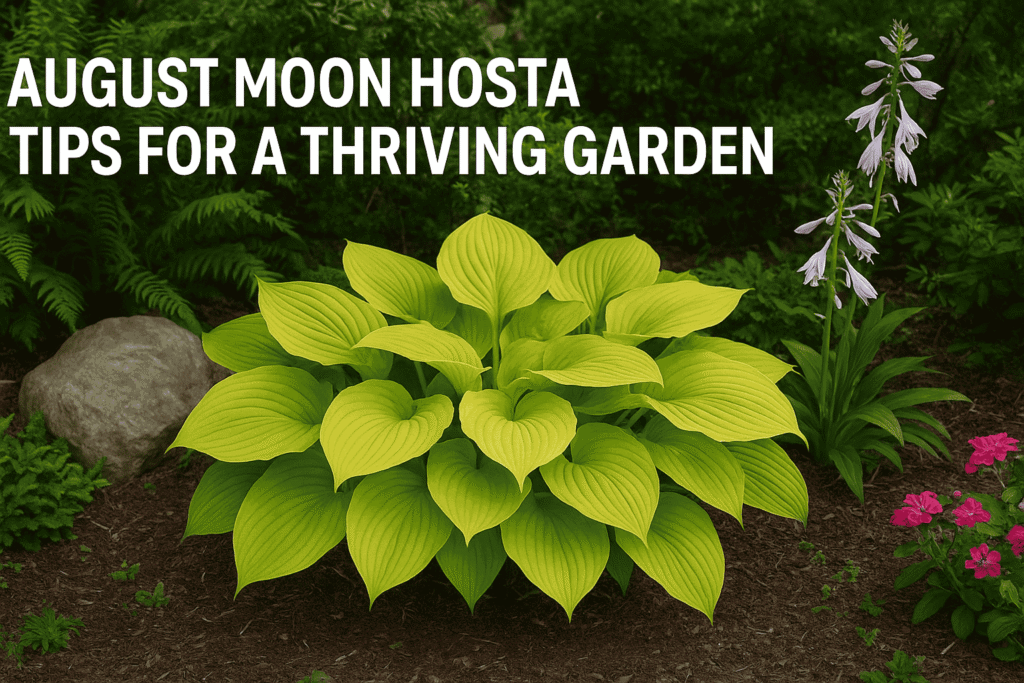
If you’re looking to brighten up those shady corners of your yard, the August Moon Hosta might just be the plant you’ve been searching for. I still remember the first time I planted one in my backyard here in the U.S.—its large, golden-green leaves instantly brought a fresh, cheerful look to an otherwise dull space. What makes the August Moon Hosta so special is its ability to thrive where many other plants struggle. Unlike flowers that demand full sun, this perennial actually prefers partial to full shade, making it a perfect choice for American gardens with lots of tree cover or north-facing beds.
Beyond its beauty, the August Moon Hosta is also surprisingly low-maintenance. Once established, it doesn’t need much fuss—just the right soil, occasional watering, and a little care to keep pests like slugs at bay. Over time, it grows into a lush, full clump that adds texture and color to your garden all season long. And let’s not forget its summertime blooms—tall, elegant lavender flowers that attract hummingbirds and pollinators, adding even more life to your outdoor space.
Whether you’re new to gardening or a seasoned pro, the August Moon Hosta is a plant you’ll truly appreciate. It’s hardy, versatile, and has a way of transforming shaded areas into something beautiful without demanding constant attention. Once you grow one, chances are you’ll want more.
What Makes the August Moon Hosta Special?
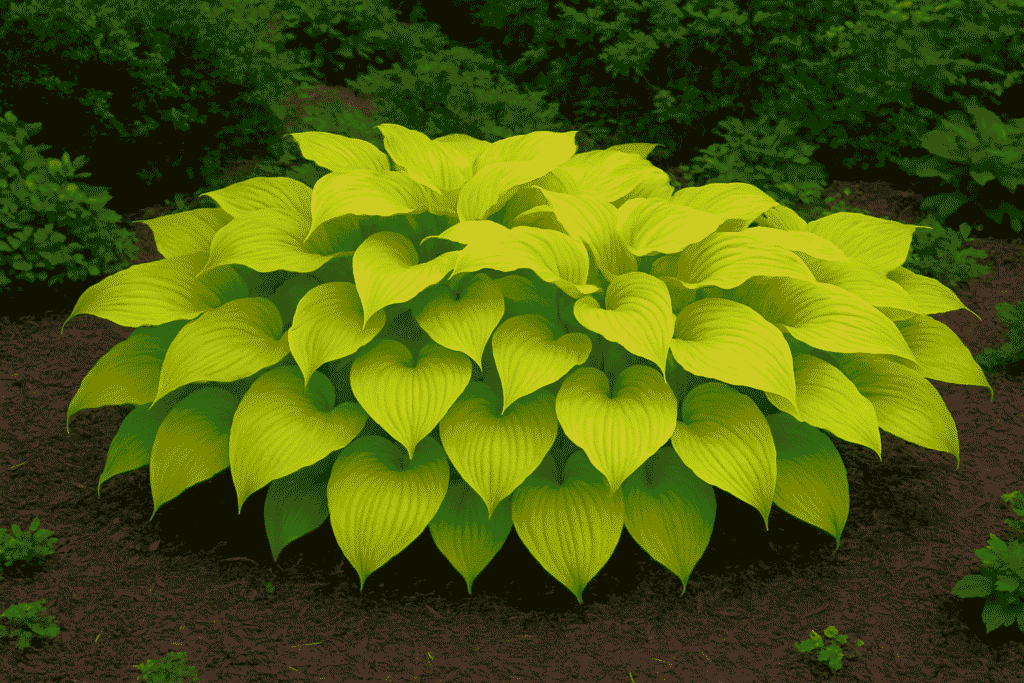
For me, the August Moon Hosta isn’t just another plant—it’s one of those garden companions that makes you smile every time you pass by. Its large, golden-green leaves seem to glow in shady corners, almost like they’re soaking up the little bits of sunlight and reflecting it back into the garden. When I planted my first August Moon Hosta, I honestly didn’t expect much. But within a season, that once dull, empty spot became one of the most eye-catching parts of my yard.
What makes this hosta so special is its ability to thrive with very little fuss. It doesn’t demand endless watering or complicated care. Instead, it rewards you with lush foliage and, come midsummer, tall lavender flowers that bring in hummingbirds and pollinators. There’s something magical about sipping coffee on the porch and watching those blooms sway gently in the breeze.
The August Moon Hosta feels like a plant that gives back more than it takes. It’s dependable, beautiful, and has a way of turning shady spaces into cozy, vibrant corners of the garden.
Plantain Lily vs. August Moon Hosta: What’s the Difference?
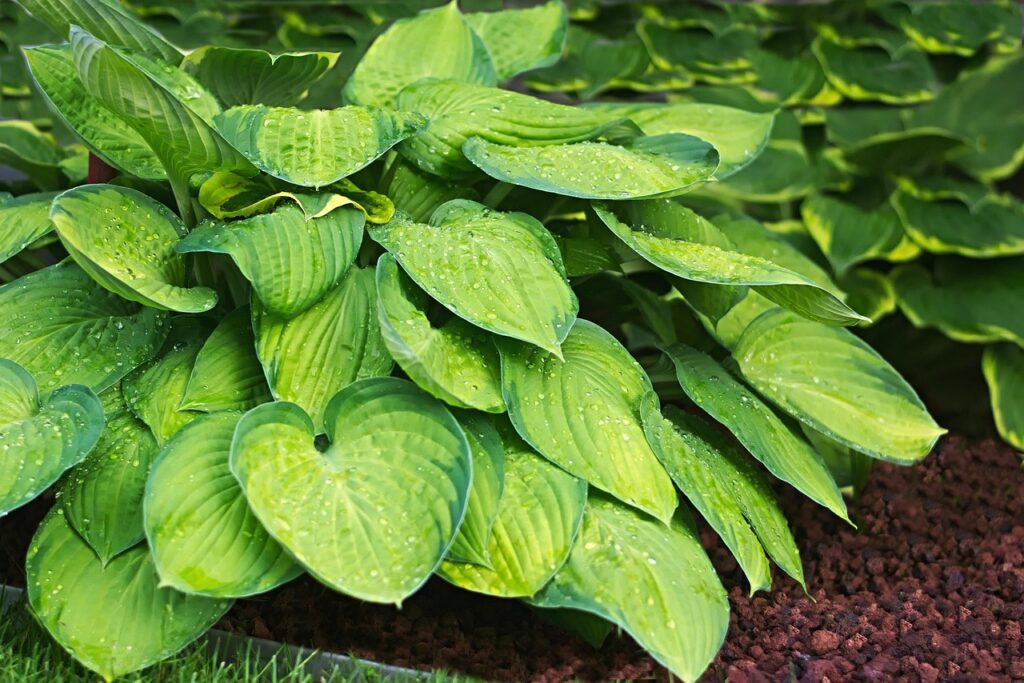
When I first got into gardening, I used to get a little confused between Plantain Lily and August Moon Hosta. After all, they look so similar and are often grouped together. The truth is, “Plantain Lily” is actually the common name for all hosta varieties, while the August Moon Hosta is one specific type within that family. Think of it like this: Plantain Lily is the big umbrella, and August Moon is one of its brightest stars.
What makes the August Moon Hosta stand out is its gorgeous golden foliage. While many Plantain Lilies tend to lean toward blue or green leaves, the August Moon variety develops a glowing chartreuse-to-gold tone that truly lights up shady spots. It’s one of those plants that makes you pause and take a second look when you’re walking through the garden.
So, if you’ve admired Plantain Lilies before, the August Moon Hosta is like their cheerful cousin—the one that brings warmth, color, and a little extra personality to your yard. For me, it’s the variety that turned a shady, forgotten corner into one of my favorite garden highlights.
Why Plantain Lilies Are Perfect for Shade Gardens?
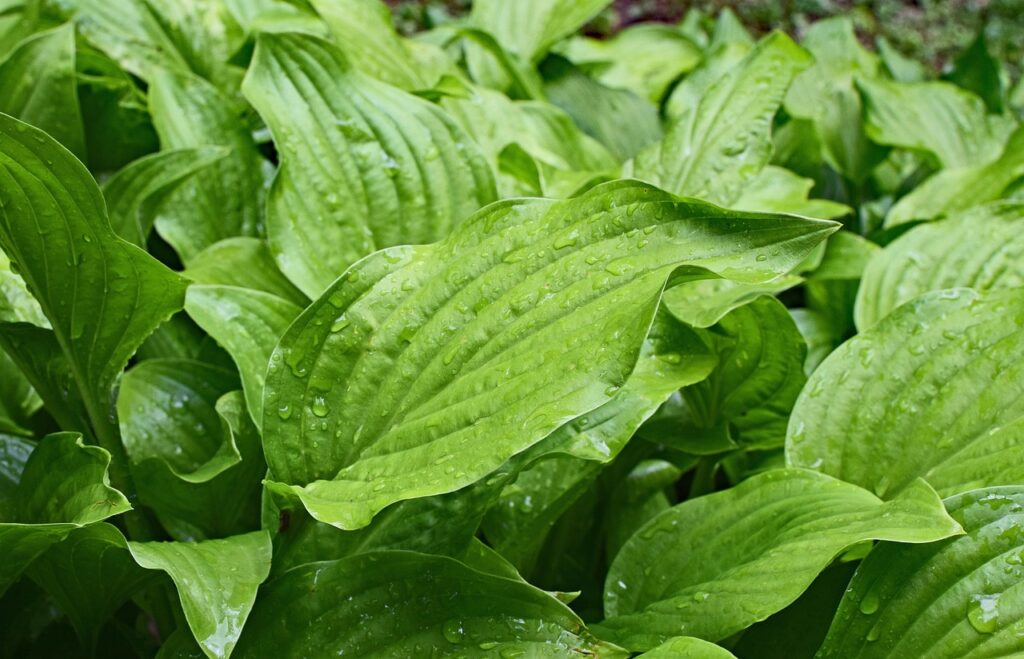
I used to think shady spots in the yard were wasted space—nothing but bare soil under the trees. That changed the day I planted my first Plantain Lily. Suddenly, that dull corner turned into one of the prettiest areas in my garden.
What I love about the Plantain Lily is how naturally it fits into shade. Instead of struggling for sunlight, it thrives there, showing off big, bold leaves in colors that brighten up even the gloomiest spots. Every summer, it surprises me again with tall, graceful blooms that not only add charm but also bring in hummingbirds. There’s something special about watching them dart around the flowers while you sip your morning coffee.
And the best part? Plantain Lilies are easy. They don’t need constant care or attention. Once they’re planted, they quietly grow bigger and fuller each year, almost like they’re rewarding you for giving them a little shade to call home. For me, they’ve turned tricky garden spaces into lush, welcoming corners that feel alive and full of character.
Propagating August Moon Hosta: Tips for Long-Term Growth

One of the things I love most about the August Moon Hosta is how generous it can be. Over time, these hostas grow into big, full clumps that not only brighten shady spots but can also be divided to create new plants. I still remember the first time I divided mine—it felt like I was getting free plants for other corners of the yard!
Propagation is usually done by division, and the best time to do it is either in early spring when the shoots are just starting to peek through or in early fall when the heat has eased. I like to dig up the entire clump, gently shake off the soil, and then use a sharp spade or knife to separate the roots into smaller sections. Each division should have a few healthy shoots and roots attached. Once replanted, they settle in quickly and start growing as if they’ve always been there.
The beauty of propagating the August Moon Hosta is that it not only extends the life of your plants but also allows you to fill more shady spots in your garden—or even share with friends and neighbors. It’s a simple, rewarding way to keep your garden thriving for years to come.
Companion Plants That Pair Well with Plantain Lily Hosta
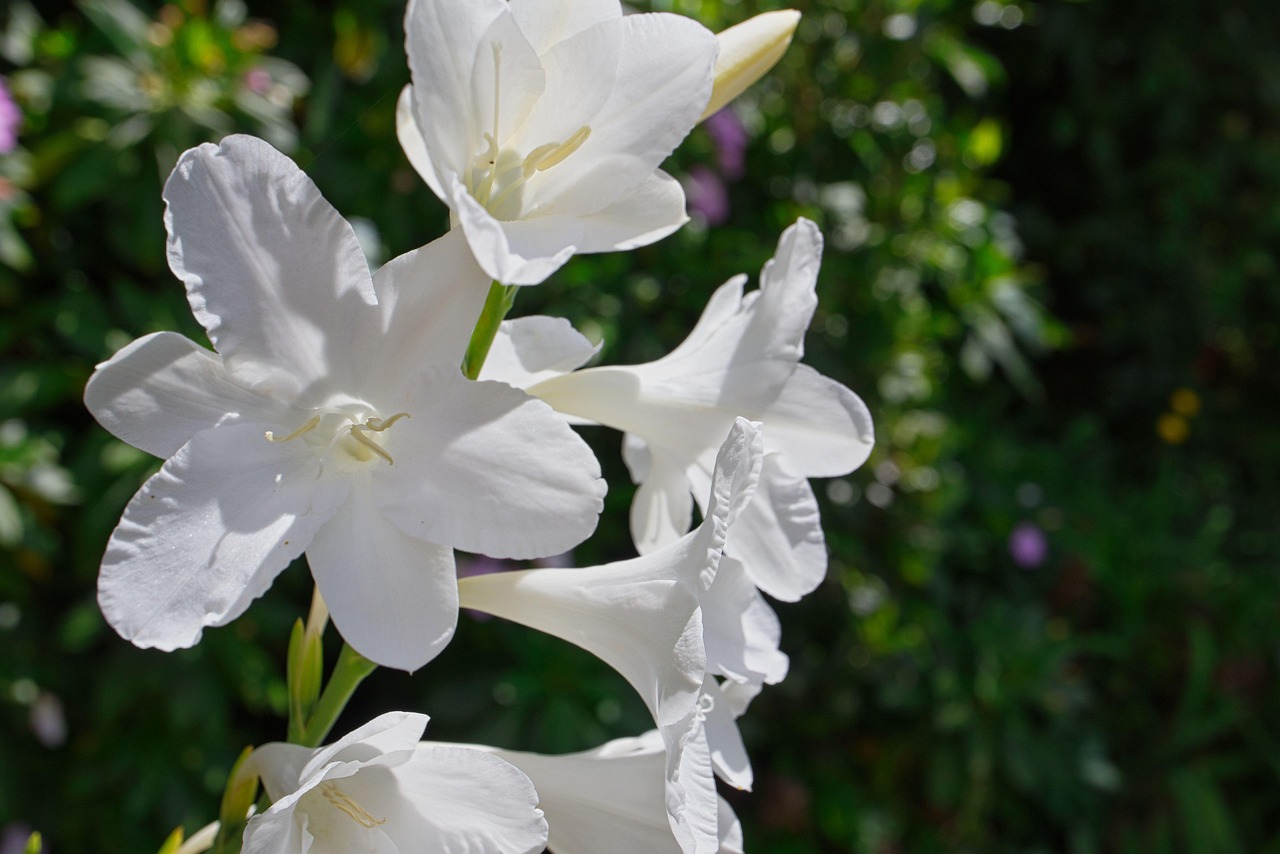
One of the joys of gardening is finding plants that complement each other, and the Plantain Lily is one of those versatile perennials that plays well with others. In my own garden, I’ve found that pairing Plantain Lilies with ferns creates a beautiful woodland feel—their delicate fronds contrast perfectly with the bold, textured hosta leaves.
Astilbes are another favorite companion. Their feathery pink and red blooms rise above the lush foliage of the Plantain Lily, adding height and color to shady borders. I also love planting them alongside heucheras (coral bells); the mix of vibrant leaf colors makes the garden feel alive, even when flowers aren’t in bloom.
For a softer, more classic look, try mixing Plantain Lilies with bleeding hearts. Their arching stems and heart-shaped flowers create a romantic feel, while the hosta’s steady foliage provides the perfect backdrop. Together, they turn shaded corners into charming garden spots that feel full and layered.
What I’ve learned is that the Plantain Lily isn’t just a plant on its own—it’s a team player that brings out the best in other perennials, creating shady garden spaces that feel lush, balanced, and welcoming.
Final Thoughts: Why the August Moon Hosta Belongs in Your Garden
When I think about plants that have truly changed the way my garden looks and feels, the August Moon Hosta is always at the top of the list. It’s one of those rare perennials that doesn’t ask for much but gives back so much beauty in return. From its golden-green leaves that light up shady corners to the soft lavender blooms that attract hummingbirds in summer, this hosta adds character and charm to any space.
What I love most is its reliability. No matter how busy life gets, I know my August Moon Hosta will quietly thrive in the background, growing fuller each year. It’s the kind of plant that turns overlooked areas of the yard into welcoming garden highlights. And if you ever want more, dividing and propagating it means you can spread that beauty across your yard—or even gift it to friends.
For me, adding the August Moon Hosta wasn’t just about filling a space—it was about creating a garden that feels alive and comforting. If you’re looking for a plant that’s low-maintenance, versatile, and stunning in the shade, this hosta absolutely deserves a spot in your garden.
Frequently Asked Questions
Plantain Lily is the general name for all hostas, while the August Moon Hosta is a specific variety known for its golden-green leaves and lavender blooms.
Yes, the August Moon Hosta thrives in partial to full shade, making it perfect for U.S. gardens with lots of tree cover or north-facing beds.
Most Plantain Lilies grow into wide clumps that can reach 2–3 feet across, depending on the variety, with August Moon often forming large, bold mounds of foliage.
Absolutely! The August Moon Hosta can be divided in early spring or fall, giving you more plants to fill shady spots or share with friends.
Plantain Lilies pair beautifully with ferns, astilbes, coral bells, and bleeding hearts, creating lush, layered shade gardens.
Table of Contents
- Container Gardening with Lemon Coral Sedum: Creative Uses & Care Tips
- What Makes the August Moon Hosta Special?
- Plantain Lily vs. August Moon Hosta: What’s the Difference?
- Why Plantain Lilies Are Perfect for Shade Gardens?
- Propagating August Moon Hosta: Tips for Long-Term Growth
- Companion Plants That Pair Well with Plantain Lily Hosta
- Final Thoughts: Why the August Moon Hosta Belongs in Your Garden
- Frequently Asked Questions
- Mona Lavender Plant: Complete Growing Guide for Beginners
- Alocasia Stingray Plant Guide: Tips for Healthy Growth
- Pink Lilly Flower: Growing and Caring for Pink Lillies

